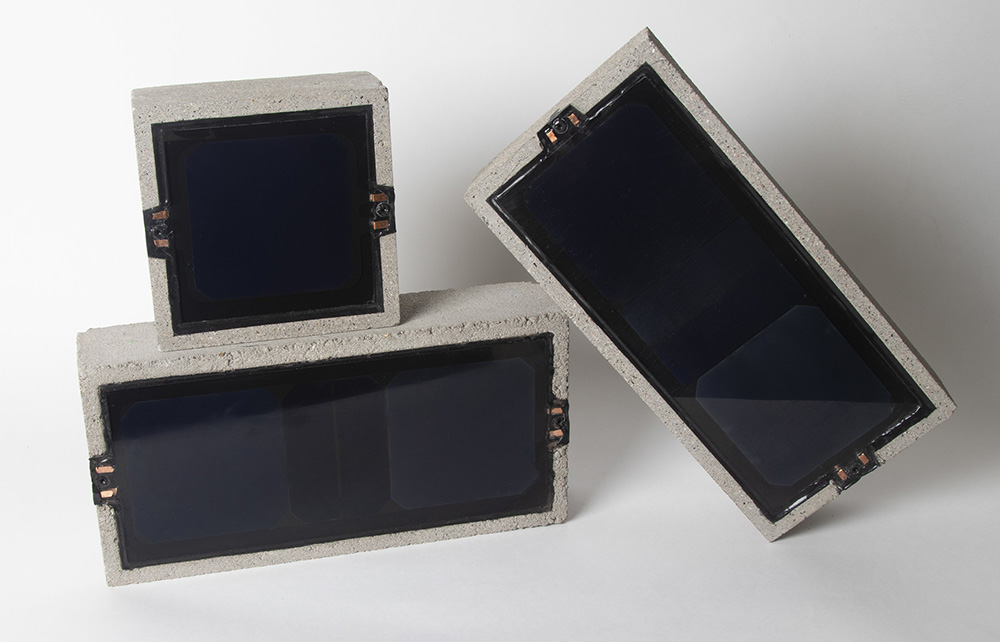News: Green Buildings
Posted: June 28, 2012
Sustainable lighting goes LED
The trend toward sustainable design can help reduce energy and operating costs, provide a better indoor environment, and make a positive impact on the natural environment. The use of LED lighting can address all these issues, and continuing innovation in LED lighting is making this sustainable solution more functional, affordable, and accessible.
The U.S. Dept. of Energy reports that commercial buildings consume 37% of the energy and 68% of the electricity produced in the U.S. every year. LED light sources can reduce that energy consumption by delivering high-quality white or colored light while consuming significantly less energy than other light sources. According to Philips, the global leader in LED lighting solutions, LED sources can now achieve light output, color quality, color rendering, and energy efficiency that far surpasses incandescent sources, and that rivals or surpasses fluorescent sources. LED light sources afford double the energy savings of CFLs, contain no lead or mercury, and offer a level of flexibility and control that no other type of light source can match. Moreover, LED lighting systems support a full range of indoor and outdoor lighting applications for an array of uses.
Philips' own office in Andover, Mass. is a perfect case in point. Philips recently worked with Margulies Perruzzi Architects (MPA) to design a new 32,000 s/f office environment that embraces a High Performance Workspace (HPW) solution. With no private offices, Philips' open workspace features a "free addressing" concept. To promote collaboration and interaction, the open workspace is arranged in "neighborhoods" that mix the use of natural daylight from the predominantly glass exterior with highly programmable LEDs.
Philips' own LED light fixtures, lamps and controls were used throughout the project, further reinforcing their brand technologies to visitors. More than 90% of the lighting is LED, offering energy-efficient light that makes the office environment more engaging and uses 25% less electricity than code mandate for energy consumption per square foot.
LED uses include linear recessed lighting at circulation corridors, linear lensed pendants at open office worksetting areas, color-changing soffit cove fixtures, and accent lighting that ranges from downlights to wallwashers. These uses define neighborhoods, aid in wayfinding, highlight wall graphics, and reinforce the various work environments provided. The programming and controls allow daylight harvesting sensors to control lights 15 feet from the window line to offer additional lighting management, flexibility and efficiency. The wide variety of uses and options for control really highlights just how far LED technology has come and provides a peek into what the future may hold.
Philips' new award-winning space leverages LED lighting technology to create a livable, workable and sustainable high performance workspace.
Nathan Turner, LEED AP, is an associate at Margulies Perruzzi Architects, Boston.and is a monthly contributing Architect author for the New England Real Estate Journal's Green Building section.
Tags:
Green Buildings
MORE FROM Green Buildings
Bridgeport implements energy efficiency plan with utility partners and regional business council
Bridgeport, CT The flurry of economic development and urban revitalization across the city has cultivated a renewed interest in updating municipal, residential and commercial properties to be more efficient and sustainable. Since 2018, city officials have partnered

Quick Hits




.png)